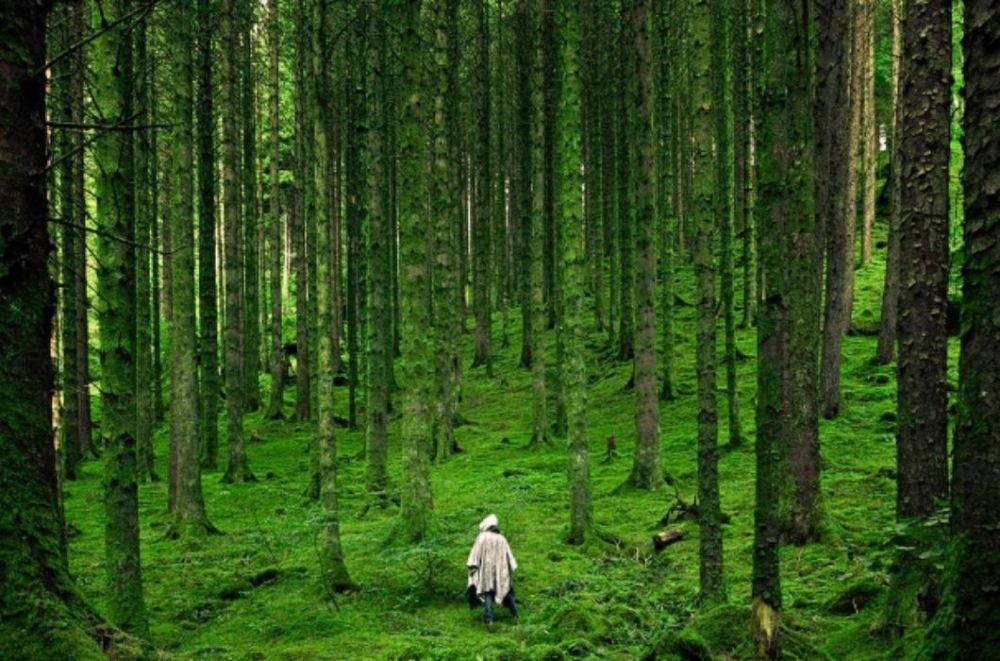

Named after Jadav "Molai" Payeng, the Molai Forest holds a unique place in the history of tourism in Assam. Born as a result of a single man's dedication towards environmental conservation, the Molai Forest began taking shape in 1979 when Payeng, then a 16-year-old teenager, started planting trees on a barren sandbar of the Brahmaputra River near Kokilamukh in Jorhat, Assam. Over the years, the forest has grown to cover an area of approximately 550 hectares.
Initially, the Molai Forest was largely unknown to the masses. It wasn't until a documentary by Jitu Kalita, who accidentally discovered the forest, that Payeng's efforts came into the limelight. Following this coverage, the forest began to attract both national and international tourists, eager to witness the result of one man's determination to create an ecological haven.
Majuli, the world's largest river island, is located not too far from the Molai Forest and has been a hub of Assamese culture and heritage. Historically, Majuli has been an ecological and spiritual hotspot, attracting tourists intrigued by its Satras (monasteries), its vibrant festivals such as Raas Leela, and its beautiful landscapes. With the increasing popularity of Majuli, the story of Molai Forest has become an integral part of the island's tourism narrative.
The current trend in tourism at Molai Forest and Majuli is one of eco-tourism and sustainable tourism practices. Visitors are drawn by the opportunity to experience untouched nature and participate in environmental conservation efforts. Educational tours, especially focusing on the environment and conservation efforts made by Jadav Payeng, have become popular, highlighting the importance of individual contributions to environmental preservation.
Additionally, the Assam government, recognizing the potential of eco-tourism, is working towards the development of sustainable tourism infrastructure in and around Majuli, to cater to the growing demand, yet ensuring that the ecological balance and cultural heritage of the region is maintained.
To visit Molai Forest, tourists typically make their way to Majuli island, which has its unique allure as being the cultural capital of Assamese civilization. From there, local travel guides can be hired to visit the forest. Due to the increase in eco-conscious tourists, it is now important to embrace a leave no trace policy to sustain the natural beauty of the forest.
The story of the Molai Forest is an inspiring tale of environmental heroism. It is a testimony to the fact that one person can indeed make a significant difference. The forest not only serves as a green sanctuary among the swathes of barren lands but also as a beacon of hope, inspiring tourists and conservationists alike to believe in the power of individual action. With each visit, tourists leave with a profound respect for nature and the understanding that our combined efforts are essential to preserve the natural wonders of our planet.